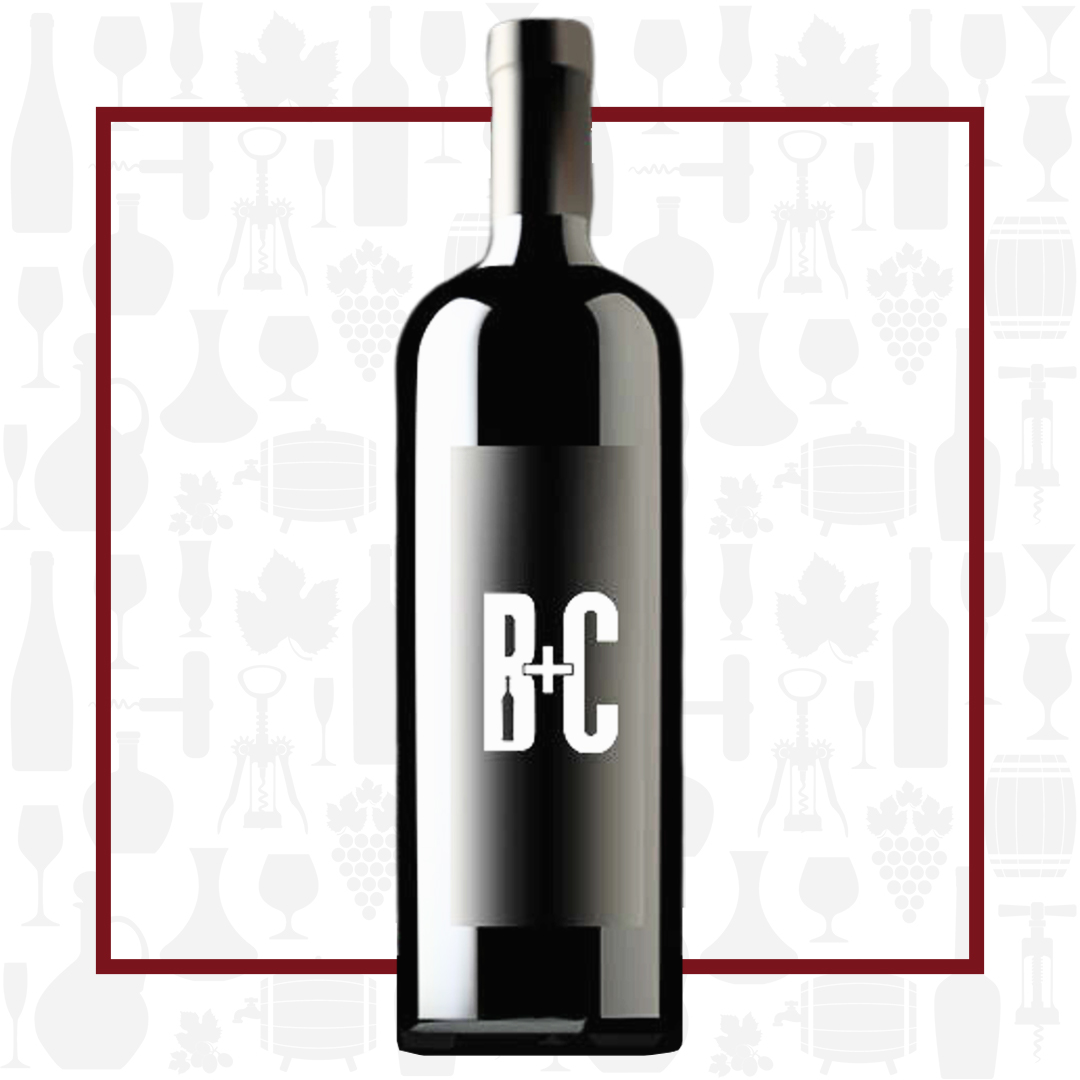Region
Located in the southwest of Switzerland lies the wide, glacial Rhône valley known as the Valais—one of 26 cantons that form the Swiss Confederation. The Valais region benefits from a particular microclimate as a result of its latitude and the fact that the valley is situated in between the Bernese Alps in the north and the Pennine Alps in the south. Home to the highest peaks in the Swiss Alps, more than 50 mountains exceed 4,000 meters—the highest of which reaches 4,634 meters (15,203 feet). At altitudes like this, the region is one of the wettest in the country. That being said, air loses its humidity when passing summits above 4,000 meters and forces a strong, dry, downward wind into the Rhône valley (known as the Föhn), deeming it the driest valley and wine producing region in Switzerland. This continental dichotomy creates ideal growing conditions; the crisp, dry air provokes a diurnal shift that is particularly helpful in the spring when the risk of frost is high, as well as in the fall, helping to ensure slow ripening. Overall, the Valais plain receives less than 600 millimetres of rain per year and more than 2,000 hours of sunshine during the growing season. At 5,000 hectares, the Valais is the largest AOC in Switzerland and accounts for a third of the total wine production.
Vineyard
One of the key philosophies in the vineyards for Jean-René Germanier is striking a balance between the amount of leaf surface and the quantity of grapes on the vine—an extremely important relationship when it comes to photosynthesis; more leaves means more vigour which often results in an abundance of grapes with low concentration. Leaf plucking and dropping fruit controls yields and boosts flavours. In addition to lowering yields, farming organically without the use of herbicides and pesticides, harvesting by hand are of utmost importance. This wine comes from 40 year old vines in the Chamoson vineyard, planted on alluvial deposits, slate and glacial moraine sediment.
Winemaking
“Classic” wines are aged in tank while “Reserve” bottlings are aged in barrel. The reds undergo cold maceration prior to fermentation, see regular pigeage throughout, and are aged in barrel. 10 day maceration followed by a cold, 20 day fermentation. malolactic fermentation occurs in barrel followed by 12 months aging in 30% new French oak. Bottled without filtration.
Varieties
Humagne Rouge is a red wine grape variety originally from the Aosta Valley, but which is now used mainly in the Valais region of Switzerland. Otherwise known as Cornalin d’Aoste, or just Cornalin it is often (understandably) confused with Cornalin du Valais (aka Rouge du Pays). Though once on the verge of extinction, renewed interest in Humagne Rouge has led to an increase in plantings, mostly in the south and west of Switzerland. Humagne Rouge, with its pronounced tannins, are often very rustic and earthy when produced in a more savory style. Dark cherries are the most common fruit flavor identified in wines made from Humagne Rouge grapes, often with a spiciness that adds complexity to the wine.
Tasting Notes
This Humagne Rouge is bright ruby in the glass. The nose displays aromatics of blackberry, strawberry and spice cake. The palate is full of supple red fruit. Stewed strawberry and cranberry complemented by rocky minerality The texture is soft yet structured with balanced acidity.

